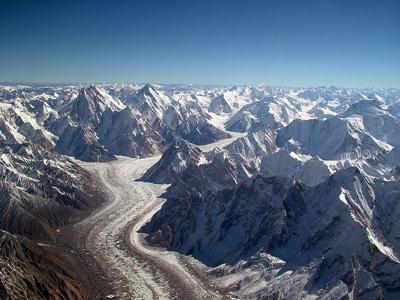Producing Weather Forecasts
by David Mackie
(England)
The literature gives a good description as to the systems used in monitoring the incoming weather. I do not believe that the information content is too technical even for most people. I do believe that the text should include information as to regard with the equipment used and other systems which accompany those explained, as I presume there are other choices available.
It is useful as it can give everybody and anybody an insight into how the weather is forecast and may give them more to believe in the weather forecasting business, since they now understand that is based on scientific data and not just guesses.
I think it is a useful page but could do a lot more to relate it to the general public and demonstrate to them how this is used to contribute to the weather predictions that they are used to seeing.
Barry's Response - Thanks for your input, David. It's not as hard as you think to predict the weather. I wish that meant all doubt was gone, but many uncertainties remain. It gets better every year, every decade.
Search this site for more information now.
We can now dive into weather forecasting a bit..
A crowd member says, "The literature's a tad too technical," and you know what? Maybe they're on to something. Everybody should understand how to predict the weather, from Timmy next door to Jane at the coffee shop. It's not just for lab-coated scientists; it's for all of us who wonder whether to pack an umbrella!
Let's talk about radar site weather. We get real-time precipitation info from this tech marvel. Why is that important? It helps us prepare for the wild weather rollercoaster! Everything from hurricanes to storms. It's like a superhero's radar.
But how do we interpret all those radar images? Here's where math comes in. Math turns radar images into actionable forecasts. It's like deciphering a code in the sky, showing precipitation intensity and storm paths.
So let's talk about the "Z-R relationship" - fancy term, right? Basically, we can measure how much rain is out there by measuring the radar's reflected signal. If you're trying to decide whether to grab a raincoat or shades, that's key.
Don't forget the scaling constants! Making accurate predictions relies on these mathematical superheroes. They're like the seasoning in your favorite dish, adding just the right amount of zing!
Next time you check the weather, remember it's not just guesswork; it's a math-powered wonder! Being prepared, staying safe, and understanding the world around us is what it's all about. Let's explore the magic of science one forecast at a time! Thanks again, David! Predicting the weather isn't as hard as you think. That would mean all doubt is gone, but there are still a lot of uncertainties. We're working on it, though.
Join in and write your own page! It's easy to do. How? Simply click here to return to Math rules!.
Do you have concerns about air pollution in your area??
Perhaps modelling air pollution will provide the answers to your question.
That is what I do on a full-time basis. Find out if it is necessary for your project.
Have your Say...
on the StuffintheAir facebook page
Other topics listed in these guides:
The Stuff-in-the-Air Site Map
And,
Thank you to my research and writing assistants, ChatGPT and WordTune, as well as Wombo and others for the images.
GPT-4, OpenAI's large-scale language generation model (and others provided by Google and Meta), helped generate this text. As soon as draft language is generated, the author reviews, edits, and revises it to their own liking and is responsible for the content.



